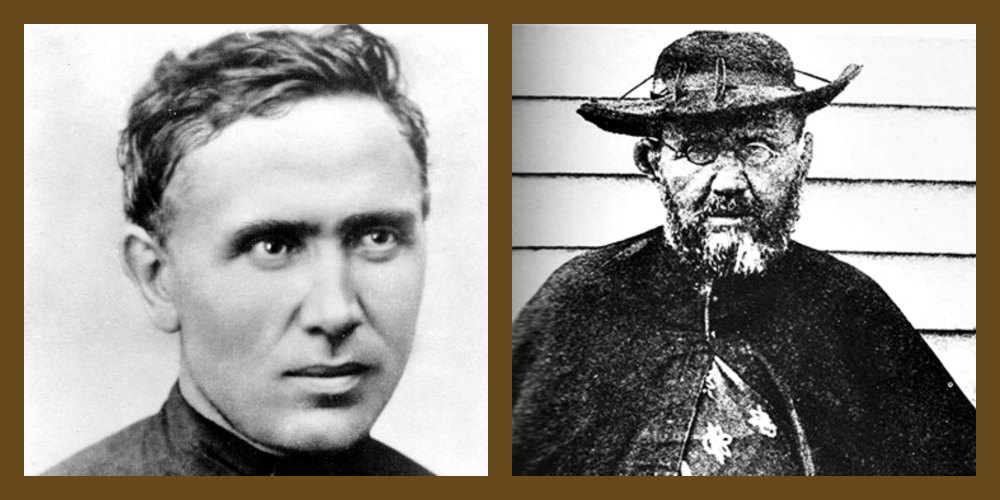Hawaii History:
(from “History of the Catholic Mission in the Hawaiian Islands” by Father Reginald Yzendoorn, SS.CC., Honolulu Star-Bulletin Ltd., Honolulu, Territory of Hawaii, 1927)
(continued from Jude 10th)
About the year 1870, a journalist visited the heiau of Mookini which Paao built and where Paao officiated. He was accompanied by Naaipaakai, a circuit judge of that part of the Island who was well conversant with the ancient lore of the district. The latter showed the journalist a secret well or crypt in the south side of the walls, east of the main entrance several feet deep, but at that time filled up with stones and boulders of similar nature to those that composed the wall. Having climbed on the top of the wall and removed the stones of the well, they found at the bottom two maika stones of extraordinary size, which were said to be the particular Ulu which Paao brought with him from foreign lands, and with which he amused himself when playing the favorite game of Maika. These stones were as large as the crown of a common-sized hat, two inches thick at the edges and a little thicker in the middle. They were of a white, fine-grained, hard stone, that might or might not be of Hawaiian quarrying. The journalist adds: “I have seen many Maika stones from ancient times, of from two to three inches diameter, of a whitish straw color, but never seen or heard of any approaching these pf Paao in size or whiteness.. Though they are called the Maika stones of Paao – na Ulu a Paao – yet their enormous size would apparently forbid their employment for that purpose. If Maika stones, and really intended for that purpose, there could be no conceivable necessity for hiding them in the bottom of this crypt or well in the wall of the Heiau. In this uncertainty the legend itself may throw some light on the subject when it says that ‘Paao brought two idols with him from Upolo, which he added to those already worshipped by the Hawaiians.’ . . . May not then these so-called Maika stones of Paao, so carefully hidden in the walls of the Heiau, be those idols that Paao brought with him? There presence there is a riddle; and the superstitious fear with which they are treated or spoken of by the elder inhabitants of the district evinces in a measure the consideration in which they were anciently held . . . .”
These so-called Maika stones may have been the altar stones of Paao and Pili.
(to be continued tomorrow)
Blessings, pono and pule!
Fr. Brian Guerrini, ss.cc.
Priest
Molokai
